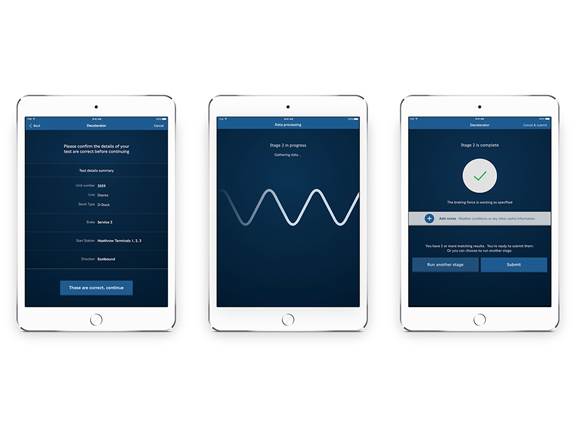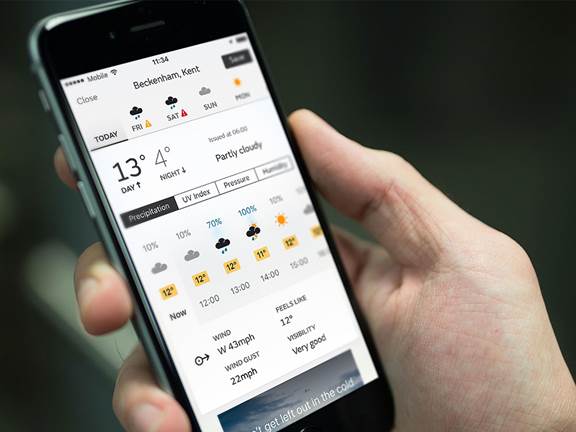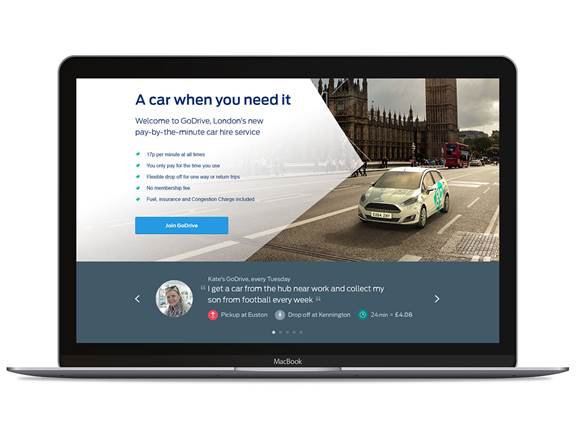Turning insight into real-world results means getting it into the hands of those most able to act upon it. This means securely dispersing information to those on the front line of the business is as critical as getting it quickly to the boardroom. Staff active on the outer edges can then pre-empt issues, delight customers or optimise daily operations in real-time, while senior executives can make impact at scale - both based on real evidence.
Discover how Kin + Carta Create, together with Unilever, created Oneview to ensure actionable insight is no more than three taps, or three seconds, away.
3. Empowering service staff
As consumers, the tools we use are fast, intuitive, and help us get things done: if something doesn’t measure up, an alternative is only a few taps away. Enterprises often mistakenly think that because employees don’t have those choices, the need to make software intuitive and simple to use inside the walls of the organisation doesn’t apply. Wrong.
In practice, this assumption means that expensive enterprise tools become digital paperweights, even after significant resources have been spent on training staff to use over-complicated software. Employees rely on their own workarounds and fallbacks rather than trying to grapple with unintuitive systems - even going back to good old paper and pen. The money spent on the tool is wasted, productivity is lost using workarounds, as is the opportunity for further gains in embedding digital native processes.
Engaging, intuitive interfaces and services, designed to meet employee outcomes in the context that they’re in, boost adoption. Considering the mobile context and needs of front-of-house, production or operational staff, rather than just the desk-based parts of your organisation, will make a huge difference to the way software is used. Frontline staff using those tools, afterall, deliver immediate customer impact./p>
Discover how Kin + Carta Create have helped keep London moving, equipping frontline TfL teams with the tools they need to help customers on the go.
4. Streamlining workflows
Most enterprises have at least started to digitise processes and interaction channels, but many are missing the greater opportunities from creating digital native workflows.
This requires starting from the outcome the process is trying to achieve, then think about how digital technology can solve that outcome. Consider a process designed to capture customer or employee feedback. Lifting that process from paper could lead to a webform with a complex series of checkboxes and category codes, reviewed by a human and turned into an entry on a spreadsheet - which then gets stored on a hard drive to eventually be manually emailed in a weekly report.





